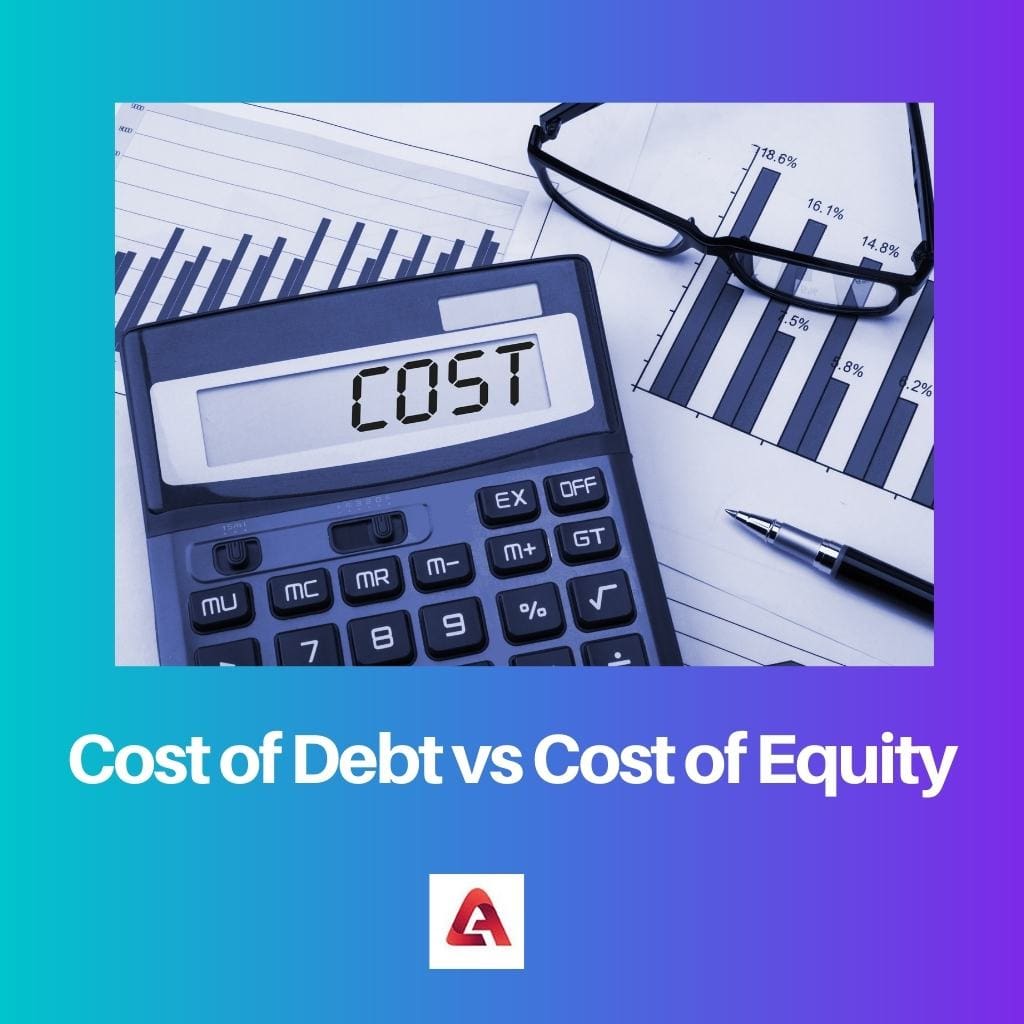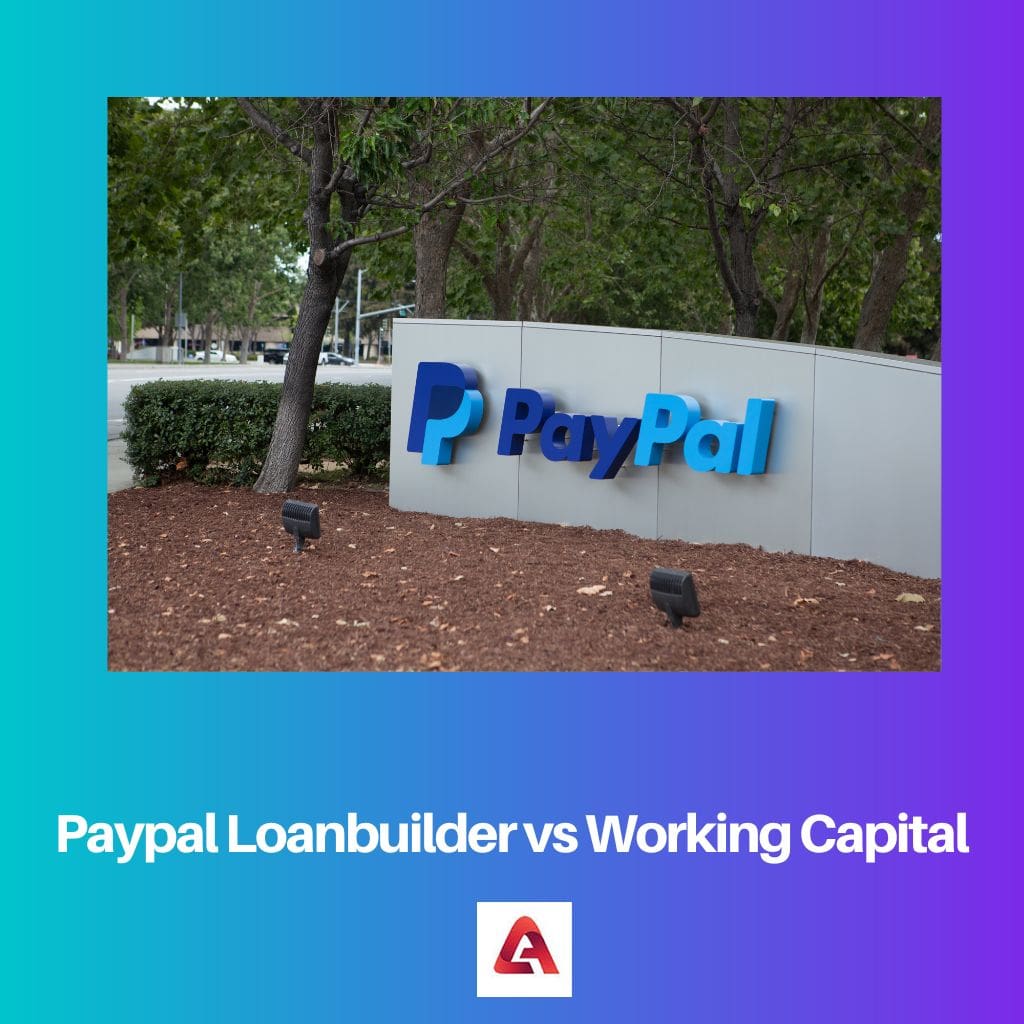An analyst is supposed to determine the paths that take the firm to the next level, either in profit or reputation. If we say profit, it means revenue generation. Companies seek investment in terms of equity, not in debt. These two terms are of great understanding.
Key Takeaways
- The cost of debt is the interest rate a company pays on its debt financing, while the cost of equity is the rate of return shareholders expect on their investment in the company.
- The cost of debt is lower than the cost of equity because debt is considered less risky than equity by investors.
- The cost of debt and equity are used to calculate a company’s weighted average cost of capital, which is a critical metric for determining a company’s overall financial health and investment potential.
Cost of Debt vs Cost of Equity
The cost of debt represents the cost of borrowing funds through issuing bonds or taking loans and is calculated as the interest rate paid on the debt. The cost of equity represents the cost required to attract and retain equity investors and is calculated using the capital asset pricing model (CAPM). The cost of equity considers the risk associated with an investment, whereas the cost of debt is tax deductible, which lowers the effective cost of debt. A company’s cost of capital is a combination of its debt and equity cost and is used to evaluate the profitability of new investments.

The cost of debt is the amount that is paid by the management against the borrowed resources. The resources and assets borrowed from someone else will be taxed, and the amount is meant to be paid by the borrower. It’s tack deducible. Hence it’s expressed as a post-tax rate.
The cost of equity means the needed rate of return by equity shareholders. Also, there’s a method to determine the value of the cost of equity. It’s done through models, and the most commonly used one is the Capital assets pricing model (CAPM).
Comparison Table
| Parameters of Comparison | Cost of Debt | Cost of Equity |
|---|---|---|
| Definition | The cost of debt is simply the interest a company pays on its borrowings or the debt held by debt holders of a company. | Cost of equity is the required rate of return by equity shareholders or the equities held by shareholders. |
| Formula | COD = r(D)* (1-t), where r(D) is the pre-tax rate, and (1-t) is tax adjustment. | The formula to calculate cost of equity is r(a) = r(f) + ß(a) [ r(m) – r(f) ] Where r(f) is the risk-free rate, ß(a) is the beta of the security, and r(m) – r(f) is the equity market risk premium. |
| Rate on a return basis | The cost of debt is the rate of return expected by the debt holders or bondholders for their investments. | COE is the return rate asked from the shareholders of a company. |
| Interest basis | Since the resources or services are borrowed, interest is meant to be paid. | There’s no paying off interest at any time. |
| Model basis | The cost of debt has nothing to do with models since it’s about taxes. | The cost of equity is calculated through a proposed model, CAPM. |
What is the Cost of Debt?
Capital cost is about equity and debt. The cost of debt is about borrowings, taxes on resources, and more. If we see, the cost of debt is the interest rate or the amount of interest that a firm or management pays on its debts.
To calculate the value, a company should know the total sum of interest meant to be paid on each debt for the year. Then it divides this number by the total of its debts. The answer you get is the cost of debts.
Observable interest rates play a vital role in analyzing the cost of debt.
It’s more targeted toward calculating the cost of debt rather than the cost of equity. Not only does the cost of debt show a firm’s default risk, but it also reflects the level of interest rates in the market. It’s integral to determining a firm’s weighted average cost of capital (WACC).

What is the Cost of Equity?
What matters, in the end, is the returns generated. It’s a needful thing and drives motivation to the next level. The cost of equity revolves around the generation of revenues as well.
It means the returns a company or management is required to decide if an investment meets the capital return requirements. In simple terms, it’s the part that is received from the shareholders of a company.
A company’s cost of equity represents the services or something valuable the markets ask in exchange for owning assets and bearing the risk of ownership.
Various models exist to calculate the value, but the predominant ones are the dividend capitalization model and the Capital assets pricing model (CAPM).
The formula covers the dividend per share for the next year, the stock’s current market value, and the dividends’ growth rate. It references two different concepts varying in the party or the lender involved.
There exist two methods through which a company raises capital. Equity mode or the debt mode Equity doesn’t need to be repaid, but it costs more than debt capital due to advantages related to taxes which doesn’t exist here.

Main Differences Between Cost of Debt and Cost of Equity
- The cost of debts accounts for the bondholders or debt holders, while the cost of equity accounts for the shareholders.
- Debt is all about borrowings, banks, and loans, so it’s the amount to be paid, while equity has nothing to do with taxes.
- The cost of debt is the rate asked by bondholders, while the cost of equity is the rate of returns expected by shareholders for their investments.
- Equity doesn’t need to be paid back or repaid, but it’s more than debt. Since the cost of equity is higher than debt, it gives a high rate of return.
- If we consider the formula, the cost of equity is all about the dividend capitalization model of the capital asset pricing model. Still, the cost of debt is all about the pre-tax rates and taxes adjustments.





